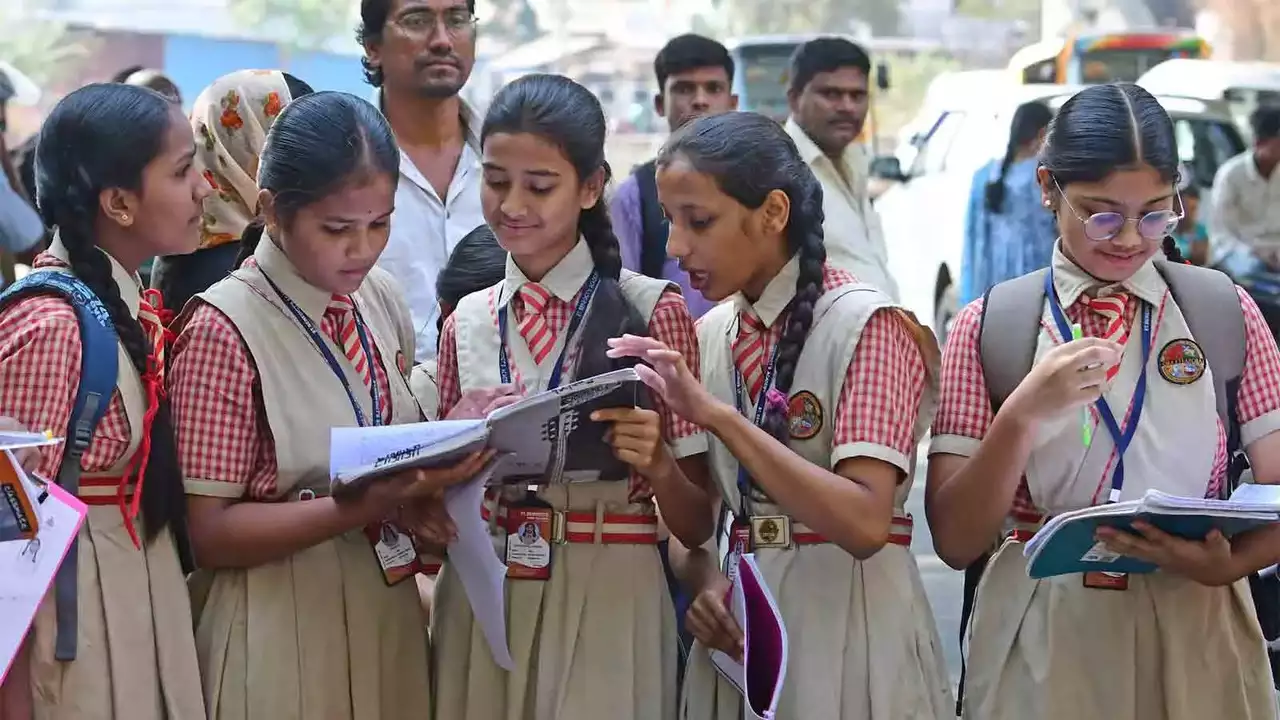Sucheta Roy, Pune
A recent report by the National Council of Educational Research and Training’s ( NCERT) Performance Assessment, Review, and Analysis of Knowledge for Holistic Development ( PARAKH) body has revealed notable differences in the level of hard questions for class 10 and class 12 board exams in India. Based on an evaluation of English and Mathematics question papers from different faculty schooling boards, the report says that the students in some states face a more difficult and challenging examinations The data of the report indicates, that English and mathematics question papers from 17 different schools, has ignited a discussion on the varying process and standards of education across India.
According to the report given by PARAKH, Tripura is the state with the highest proportion of ‘hard’ questions, then comes Maharashtra with Goa, Chhattisgarh, and West Bengal emerging as the top five. These states consistently emerged and presented students with a difficult and higher challenge, wanting to have a deeper understanding of the subject and course and problem solving abilities.
As per the report of PARAKH , the five educational boards, the students of Chhattisgarh are doing better since their exams have a percentage that can be comparable ( 47.62%) of ‘easy’ questions. On the other hand, exams in Goa consist of only ‘hard’ and ‘medium’ level questions, making up 55.34% and no ‘easy’ questions at all.
According to the PARAKH report, exams in Maharashtra are featured as, equal distribution of ‘easy’, ‘hard’, and ‘medium’ questions.
The PARAKH scales the questions in three different levels, that is, easy, medium, and hard.
Easy questions are generally those questions that a large majority of students, who have been given the relevant learning opportunities, would be expected to answer correctly. These questions are designed to assess the general and basic understanding and knowledge on the subject that most of the students are expected to have mastered.
Medium questions are those that require a student to have a moderate level of understanding and application of knowledge of the subject. These kinds of questions are supposed to typically be answered correctly by a portion of students, but not as high as those answering the easy questions. These questions are made to assess a deeper level of understanding and the ability to apply their knowledge in a complicated way.
Hard questions are made of those questions that a very few students would be able to answer correctly. These questions are designed to challenge student’s ability in higher order thinking skills and their ability to put their knowledge in very complicated situations.
These kinds of questions try to assess the depth of understanding and the ability and scope to synthesize and evaluate information.
